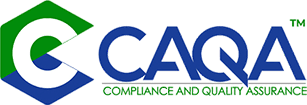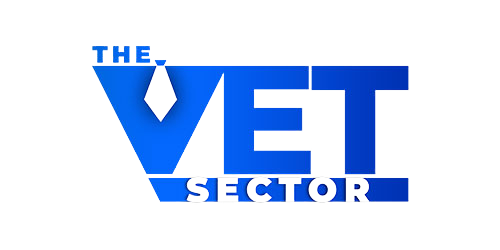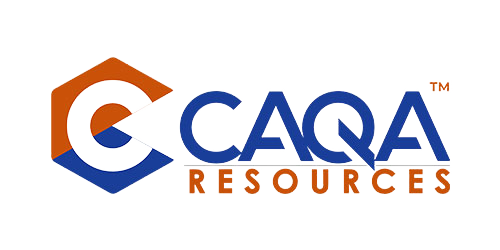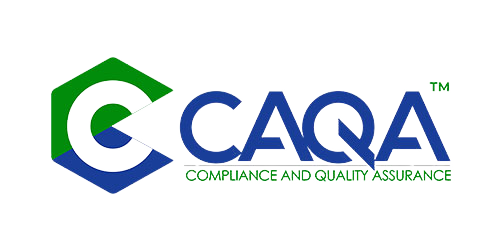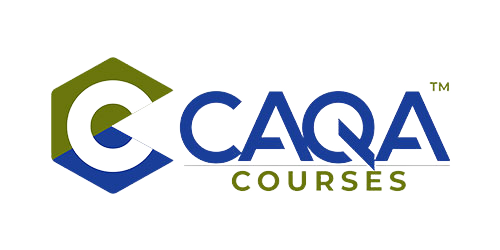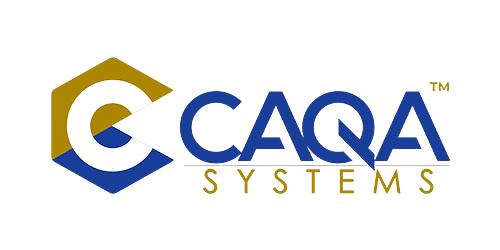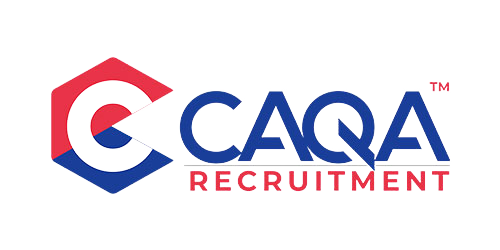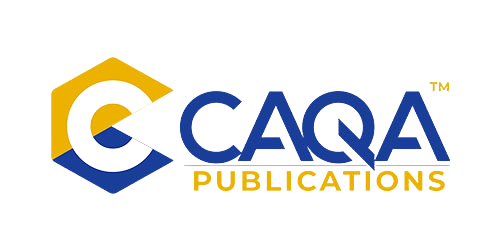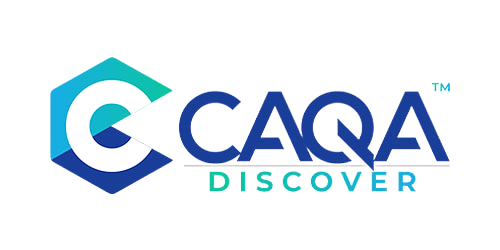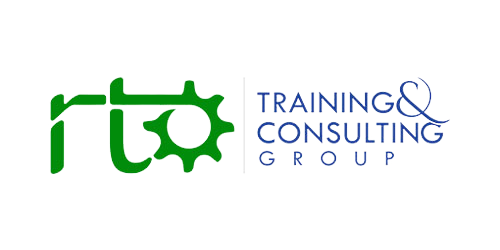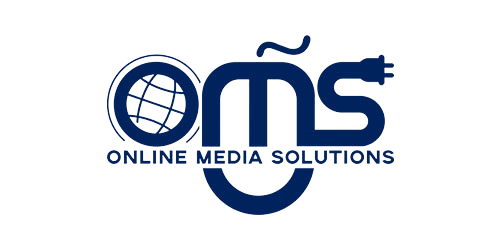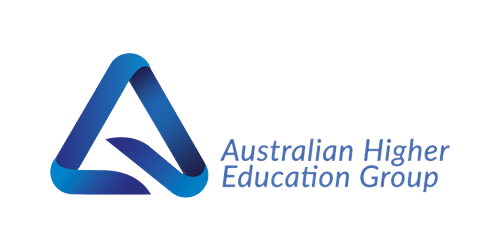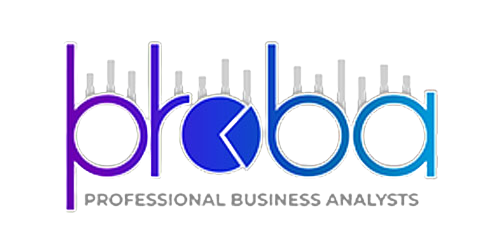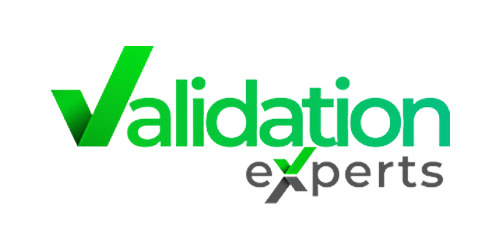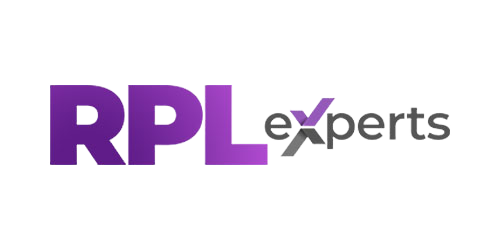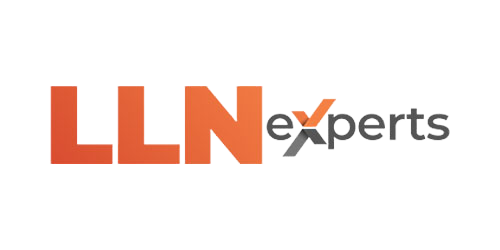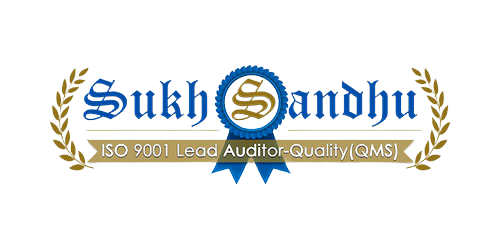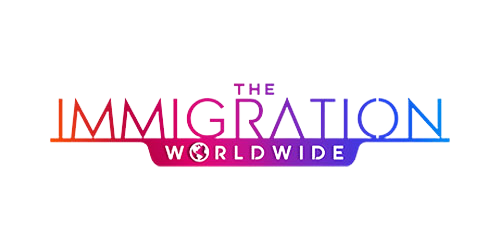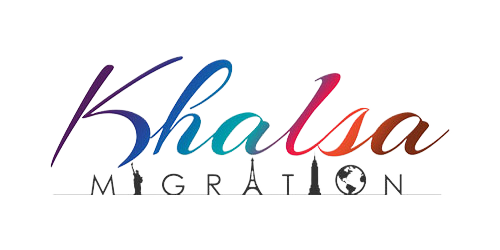Let's delve into the critical importance of preparing and presenting evidence for an audit. It discusses the role of the auditor in verifying that RTOs are achieving quality training and assessment outcomes and using continuous improvement processes. Focusing on the requirements for evidence—relevance, alignment, and sufficiency—it explains how RTOs can present evidence that demonstrates their compliance with the Standards for Registered Training Organisations (RTOs) 2015 and their commitment to maintaining high standards of education and training. By understanding what evidence is required and how to structure it, RTOs can ensure successful audit outcomes and continuous improvement.
Audits are an essential part of the regulatory landscape for Registered Training Organisations (RTOs) in Australia. They serve as a mechanism to assess compliance with the Standards for Registered Training Organisations (RTOs) 2015 and ensure that RTOs deliver quality training and assessment that meets industry and regulatory expectations. One of the key components of a successful audit is the preparation and presentation of evidence that demonstrates how the RTO achieves its training and assessment outcomes.
The role of the auditor is to verify that the RTO is achieving quality outcomes in its training and assessment processes. This includes verifying that the systems, processes, and documentation provided by the RTO support these outcomes and that the RTO is employing continuous improvement practices to ensure ongoing quality. While the Standards for RTOs specify what the RTO needs to achieve, the how is up to the organisation. However, it is crucial that there is a clear cause-and-effect relationship between the RTO’s processes and the outcomes it achieves.
This article will provide an in-depth look at how RTOs can effectively ready their evidence for audits, focusing on the importance of relevance, alignment, and sufficiency in the evidence they provide. By understanding the auditor’s role and the standards for evidence, RTOs can ensure that they are well-prepared for audits and positioned to demonstrate their commitment to continuous improvement and quality outcomes.
1. The Auditor's Role: Verifying Evidence and Ensuring Quality Outcomes
The primary role of an auditor is to assess whether an RTO’s training and assessment activities align with the required standards and achieve the intended outcomes. However, the auditor does not dictate how an RTO should achieve these outcomes; instead, the focus is on whether the processes in place lead to successful, high-quality results. Auditors are tasked with verifying that evidence provided by the RTO demonstrates compliance with the Standards for RTOs and that the organisation continuously monitors and improves its operations to maintain those standards.
Auditors typically focus on verifying the following:
-
Training and assessment outcomes: Do the RTO’s processes lead to outcomes that meet industry expectations and regulatory requirements?
-
Continuous improvement: Does the RTO have systems in place to review and improve its training and assessment practices based on feedback, evaluations, and performance monitoring?
-
Alignment with the Standards: Are the systems and practices in place aligned with the specific requirements outlined in the Standards for RTOs?
For RTOs, the audit is an opportunity to demonstrate that their systems and processes are working effectively to meet these standards. Evidence provided must show that the RTO is achieving the desired outcomes and continuously improving its practices to maintain those outcomes.
2. Understanding the Standards: WHAT, Not HOW
One of the most important points to understand when preparing for an audit is that the Standards for RTOs specify what needs to be achieved rather than how it should be done. This means that RTOs have flexibility in how they design their training and assessment processes, provided that they achieve the required outcomes.
The standards focus on key outcomes such as:
-
The quality of the training and assessment being delivered
-
The competency of learners who complete the RTO’s courses
-
The alignment of qualifications with the Australian Qualifications Framework (AQF)
-
The maintenance of student records and compliance with reporting requirements
-
The effectiveness of the RTO’s continuous improvement processes
While the standards define the required outcomes, the RTO has the responsibility to determine the methods, systems, and resources it uses to achieve those outcomes. This flexibility allows RTOs to develop unique approaches that suit their specific context, industry, and learner needs as long as they can demonstrate that they meet the required standards.
3. Preparing Evidence: Relevancy, Alignment, and Sufficiency
The process of gathering and presenting evidence for an audit is critical to demonstrating compliance. Auditors are looking for evidence that clearly demonstrates that the RTO is meeting the standards. The key characteristics of evidence are:
-
Relevancy
-
Alignment
-
Sufficiency
a. Relevancy
The relevance of the evidence is crucial. RTOs must ensure that the evidence they provide directly supports the claims they are making about their practices and outcomes. Irrelevant or tangential evidence can confuse auditors, waste time, and lead to delays in the audit process.
For example:
-
Training and assessment materials must be aligned with the qualifications being offered and must reflect current industry standards and best practices.
-
Student records should provide clear evidence of learner outcomes, such as assessment results, attendance, and completion rates.
-
Feedback and surveys should relate to the specific training programs and provide insight into the effectiveness of those programs in achieving the desired outcomes.
In short, evidence must directly correspond to the standards being assessed without unnecessary or extraneous information.
b. Alignment
Evidence must be aligned with the Standards for RTOs and with the RTO’s own policies and procedures. This means that the evidence must clearly demonstrate how the RTO’s practices meet the specific requirements of the standards.
For instance:
-
Assessment tools must align with the AQF requirements and the training package, ensuring that they are valid, reliable, and consistent with industry needs.
-
Training and assessment strategies (TAS) must reflect the RTO’s approach to training, including the delivery methods, assessment strategies, and learner support services, ensuring that they meet the standards for each qualification offered.
If there is a disconnect between the evidence provided and the RTO’s practices, the audit could result in non-compliance findings.
c. Sufficiency
Sufficiency refers to the quantity of evidence provided. It is not enough to simply present isolated pieces of evidence; the evidence must be comprehensive and sufficient to demonstrate compliance across all relevant areas.
For example:
-
Training materials: There should be enough documentation to show that the training is both comprehensive and consistent with the qualification’s requirements. This might include lesson plans, teaching resources, and assessment tasks.
-
Student records: These should be sufficiently detailed to demonstrate that assessments were conducted appropriately and that students received the training they needed to achieve the qualification.
-
Feedback and evaluation: The RTO should collect feedback from a variety of sources (students, trainers, employers, etc.) to demonstrate that the training is effective and that improvements are being made based on this feedback.
The evidence must paint a clear picture that the RTO’s training and assessment systems are robust and consistently meeting the required outcomes.
4. Types of Evidence: Documentation and Interviews
There are two primary forms of evidence that auditors rely on to assess an RTO’s compliance: documentation and interviews.
a. Documentation
Documentation serves as the primary form of evidence for compliance. It can include:
-
Training and Assessment Strategies (TAS): These documents outline how the RTO delivers its courses, including delivery methods, assessment strategies, and student support.
-
Student records: These include assessment results, attendance records, and any relevant correspondence or feedback from students.
-
Policies and procedures: RTOs must demonstrate that they have policies in place that align with the standards, such as student support, assessment validation, and complaints handling.
-
Continuous improvement records: Evidence that the RTO is reviewing its practices and making changes based on feedback and self-assessment, including reports on audits and evaluations.
All documentation provided must be current, complete, and aligned with the RTO’s processes and the required standards.
b. Interviews
Interviews with staff, trainers, students, and other stakeholders are also an essential form of evidence. Auditors may interview trainers and assessors to verify that they understand and apply the RTO’s policies or to confirm that students are receiving appropriate training and assessment.
Interview evidence can be valuable because:
-
It provides insight into how policies and procedures are implemented in practice.
-
It allows auditors to assess the level of staff competency and training.
-
It provides an opportunity for students to offer feedback on their learning experiences.
Effective communication during interviews is vital, and RTOs should ensure that staff and students are prepared to answer questions clearly and confidently.
5. Continuous Improvement and Ongoing Compliance
The Standards for RTOs require that RTOs not only meet specific requirements but also demonstrate that they are committed to continuous improvement. This means that RTOs must actively monitor and evaluate their practices, gather feedback, and make adjustments where necessary to maintain high standards of training and assessment.
Auditors will look for evidence of continuous improvement in:
-
Review and feedback mechanisms: Does the RTO regularly collect and analyse feedback from students, staff, and industry partners to assess the effectiveness of its programs?
-
Actions taken to address issues: When compliance issues or areas for improvement are identified, does the RTO take effective steps to address them?
-
Ongoing professional development: Does the RTO ensure that staff are up-to-date with industry trends, training delivery methods, and assessment strategies?
Continuous improvement is not only a regulatory requirement but a powerful tool for ensuring that the RTO’s services remain relevant, high-quality, and in demand.
Readying Evidence for Audit Success
Preparing evidence for an audit is a critical step in demonstrating that an RTO is compliant with the Standards for RTOs 2015 and is committed to delivering high-quality training and assessment. By focusing on the relevance, alignment, and sufficiency of the evidence, RTOs can ensure that they are providing a clear and accurate picture of their operations. The role of the auditor is to verify that the RTO’s processes lead to positive outcomes, and well-prepared evidence is the key to proving this.
Moreover, the focus on continuous improvement ensures that RTOs are not just meeting minimum standards but are actively working to enhance the quality of their services. By understanding the standards, collecting appropriate evidence, and fostering a culture of ongoing review and refinement, RTOs can ensure successful audit outcomes and maintain their commitment to providing excellent training and assessment for their students.
Ultimately, audit readiness is about more than just passing an inspection—it's about using the audit process as an opportunity to grow, improve, and demonstrate your RTO’s dedication to quality.
